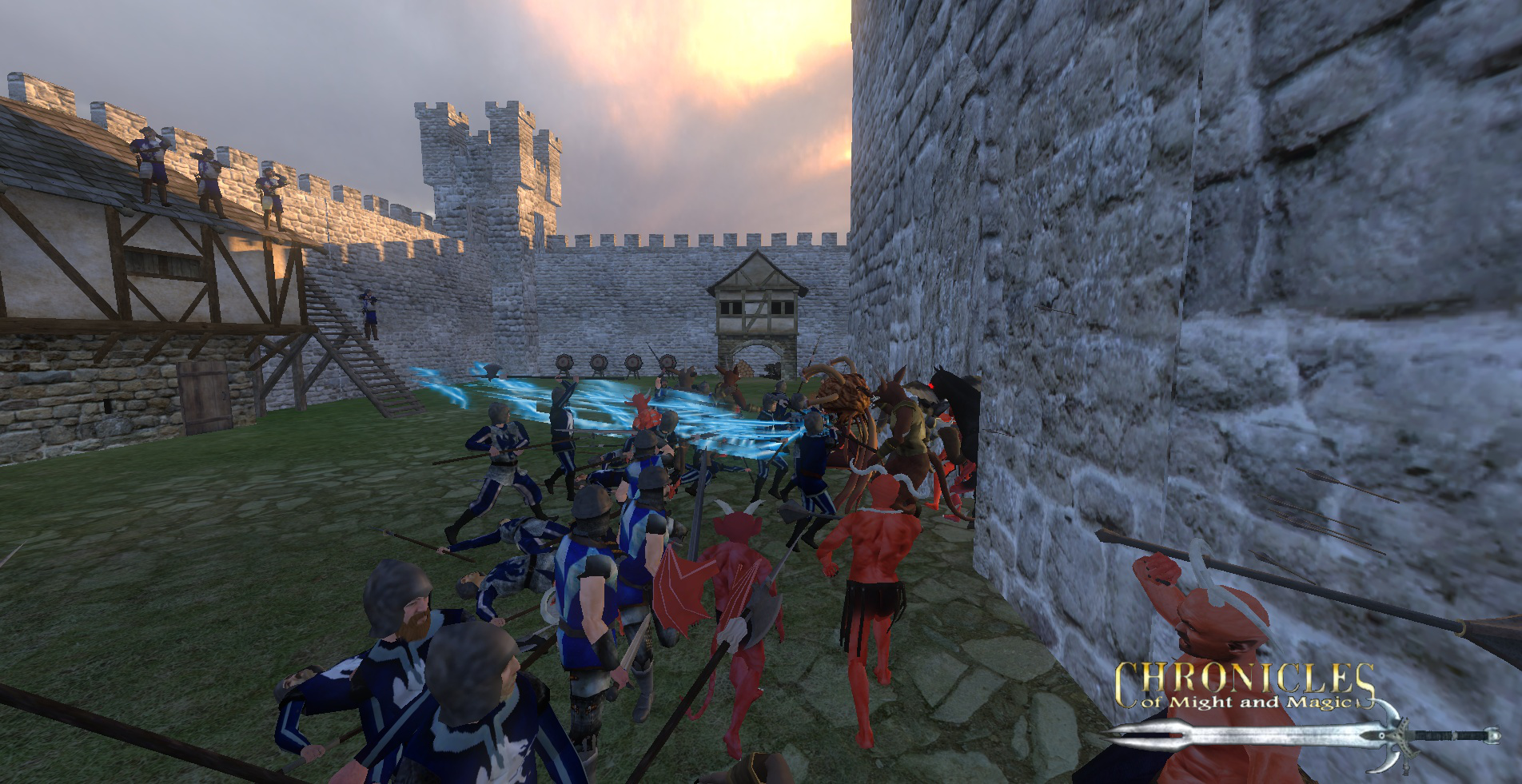

It is said, from experiments of warlocks and alchemists, that a mere fragment of wyrdstone can heal the sick, transform lead to gold, and even raise the dead. Still, within the city's damnation came slivers of opportunity the great comet had been made of green-black wyrdstone, a rarest and most potent substance.

That, you will find, is the commonality of tales of this place: things get worse.Īs the pall of smoke and dust cleared and the fires began to gutter, those survivors who crawled from the wreckage were beset by madness, mutation, and daemons. That would have been disaster enough on its own, but things got worse. It is said, both by those far enough from or sheltered enough from the blast to survive witnessing it and by those who heard the tale second-or-third-hand, that comet struck the city like the hammer of Sigmar himself, cleaving a furrow deep into earth beneath the city while smashing much of the city and setting it alight.

Others, seeing the decadence of those gathered in celebration, cried out that doom was upon them, that the world was ending and judgment would be rendered for the wickedness which drowned the city. Even more folk rushed to crowded Mordheim, proclaiming it heralded the rebirth of Sigmar and the Empire's deliverance from an era of darkness and strife. The twin-tailed comet, herald of the birth of Sigmar himself, was spotted again in the skies above Mordheim at the turning of the millennium. It seemed as if life in the city would only grow more luxuriant, more aggrandized, more debauched. As the Empire burned about it, the city's merchants and nobles grew ever more extravagant in their celebrations. Its position between provinces, on a vital trade river, and near enough to the dwarfs of the Worlds' Edge Mountains for trade, Mordheim's wealth was only exceeded by maritime Marienburg, and its political importance only outdone by proud Altdorf of Reikland. On the border of the provinces of Stirland and Ostermark-and capital of the latter-Mordheim was one of the greatest cities in the Empire. It is a tale of the City of the Damned and of those who come to scavenge the corpse of that once thriving burg. This is the tale of the most accursed of cities. This is not a tale of grand battles and sweeping strategies. However, this is not a tale of the warring armies of the Imperial claimants. As it stands, the three claimants are backed by a major province each: soldierly Reikland, wealthy Marienburg, and devout Middenland. For almost five centuries, it has been the Age of Three Emperors, as three separate Electors-the particulars of whom have varied-have vied for the throne, while the Empire they lay claim to was ravaged around them. In reality, the Empire has been fractured and at war with itself for centuries now. For 2000 years has the mighty Empire of Man founded by the man-then-God-now Sigmar Heldenhammer, last king of the Unberogen tribe, untied the disparate tribes of men into a nation of (semi)-cooperating provinces, all under Imperial rule.Īt the very least, that was the idea. It is the year 2000 by the Imperial Calendar.


 0 kommentar(er)
0 kommentar(er)
